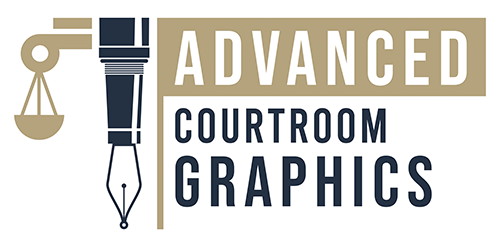Accidents are often complicated, leaving many questions unanswered. Traditional methods of accident reconstruction can be limiting. Thanks to advances in technology, 3D animation is stepping in to provide clearer insights. This modern approach offers visual proofs that significantly impact investigations and legal proceedings.
The Power of Visual Evidence in Accident Reconstruction
The Limitations of Traditional Methods
Traditional accident reconstruction typically relies on sketches, eyewitness accounts, and photographs. While these methods can be helpful, they often fall short in delivering a complete picture. Key limitations include:
- Subjectivity: Eyewitnesses might have different recollections of events.
- Lack of detail: Sketches can miss important aspects of the scene.
- Time-consuming: Traditional methods can take longer to compile and analyze.
The Rise of 3D Animation Technology
The emergence of 3D animation changes how we understand accidents. This technology creates detailed, accurate, and immersive representations of accident scenes.
Enhanced Accuracy and Detail in Reconstruction
3D animation allows for intricate details, including:
- Exact measurements of vehicles and surroundings.
- Realistic simulation of vehicle dynamics.
- Visualization of forces acting on occupants.
The 3D Animation Process: From Data to Visualization
Data Acquisition and Preparation: Photography, Surveying, and More
The first step in creating a 3D animation is gathering data. This includes:
- Aerial photography for bird’s-eye views.
- Laser scanning to capture precise measurements.
- Physical evidence collection from the accident scene.
3D Modeling and Simulation: Creating a Virtual Representation
After data gathering, a 3D model is created. This involves:
- Utilizing software to build a virtual environment.
- Inputting the collected data to ensure accuracy.
- Simulating the vehicles involved, based on manufacturer specifications.
Animation and Rendering: Bringing the Reconstruction to Life
The final stage is animation. This process includes:
- Creating sequences that show events as they happened.
- Rendering high-quality visuals for clarity.
- Adding sound effects, if needed, to enhance realism.
Applications of 3D Animation in Various Accident Types
Automotive Accidents: Understanding Impact and Occupant Dynamics
In automotive accidents, 3D animation helps visualize:
- Collision angles and speeds.
- The impact on vehicle occupants.
- How safety features, like airbags, deploy.
Pedestrian Accidents: Analyzing the Sequence of Events
For pedestrian accidents, this technology allows for:
- Detailed analysis of vehicle movements.
- Understanding the timing between the pedestrian and vehicle.
- Illustrating factors like visibility and road conditions.
Workplace Accidents: Identifying Safety Hazards and Negligence
In workplace environments, 3D animation can highlight:
- Missteps in safety protocols.
- The role of equipment in the accident.
- How environmental conditions contributed to the event.
Legal and Investigative Advantages of 3D Accident Reconstruction
Strengthening Case Arguments: Presenting Clear and Compelling Evidence
Judges and juries often understand visual evidence better than textual descriptions. 3D animations provide clear visual arguments that can sway opinions.
Facilitating Expert Testimony: Communicating Complex Information Effectively
Expert witnesses can use animations to explain technical concepts in simpler terms. This helps everyone involved grasp the situation better.
Cost-Effectiveness and Time Savings: Streamlining the Litigation Process
Using 3D animation can save time in both investigation and court. Faster reconstructions lead to quicker resolutions, which can save on legal costs.
The Future of 3D Animation in Accident Reconstruction
Emerging Technologies and Advancements: AI, VR, and Beyond
The integration of artificial intelligence and virtual reality could transform 3D reconstructions even further. Imagine walking through an animated accident scene to experience it from multiple angles.
Ethical Considerations and Best Practices: Ensuring Accuracy and Transparency
Accuracy is key. Ethical standards must be established to ensure the integrity of the data used in 3D animations. Transparency about how data is acquired and used will strengthen credibility.
Addressing Challenges and Limitations: Data Integrity and Validation
Ensuring the quality of input data is paramount. Without accurate data, even the best animation might lead to incorrect conclusions.
Conclusion: A New Era of Accuracy and Understanding in Accident Reconstruction
3D animation stands as a powerful tool in accident reconstruction. Its ability to provide visual clarity and enhanced detail opens new avenues for understanding complex events. With continued advancements in technology, its role will likely expand even further.
Key Takeaways: The Impact of 3D Animation on Legal and Investigative Outcomes
- Enhanced visualization leads to better understanding.
- 3D animations streamline legal processes while improving evidence presentation.
- The technology is evolving with new tools and practices for better accuracy.
Exploring 3D Animation’s Potential in Your Field
Consider how 3D animation could improve accident reconstruction in your work. Explore its benefits and be part of this positive change in the field.
